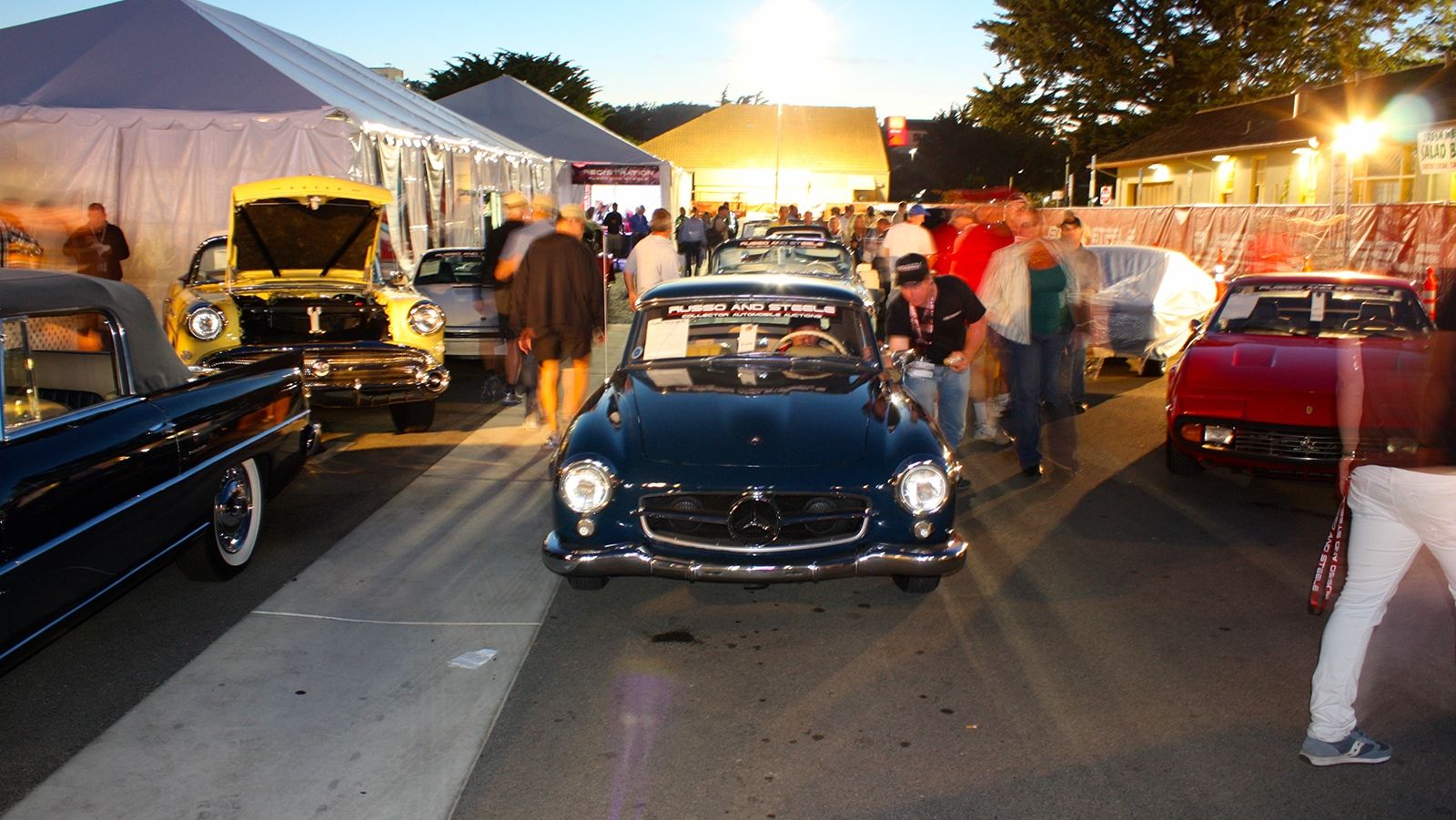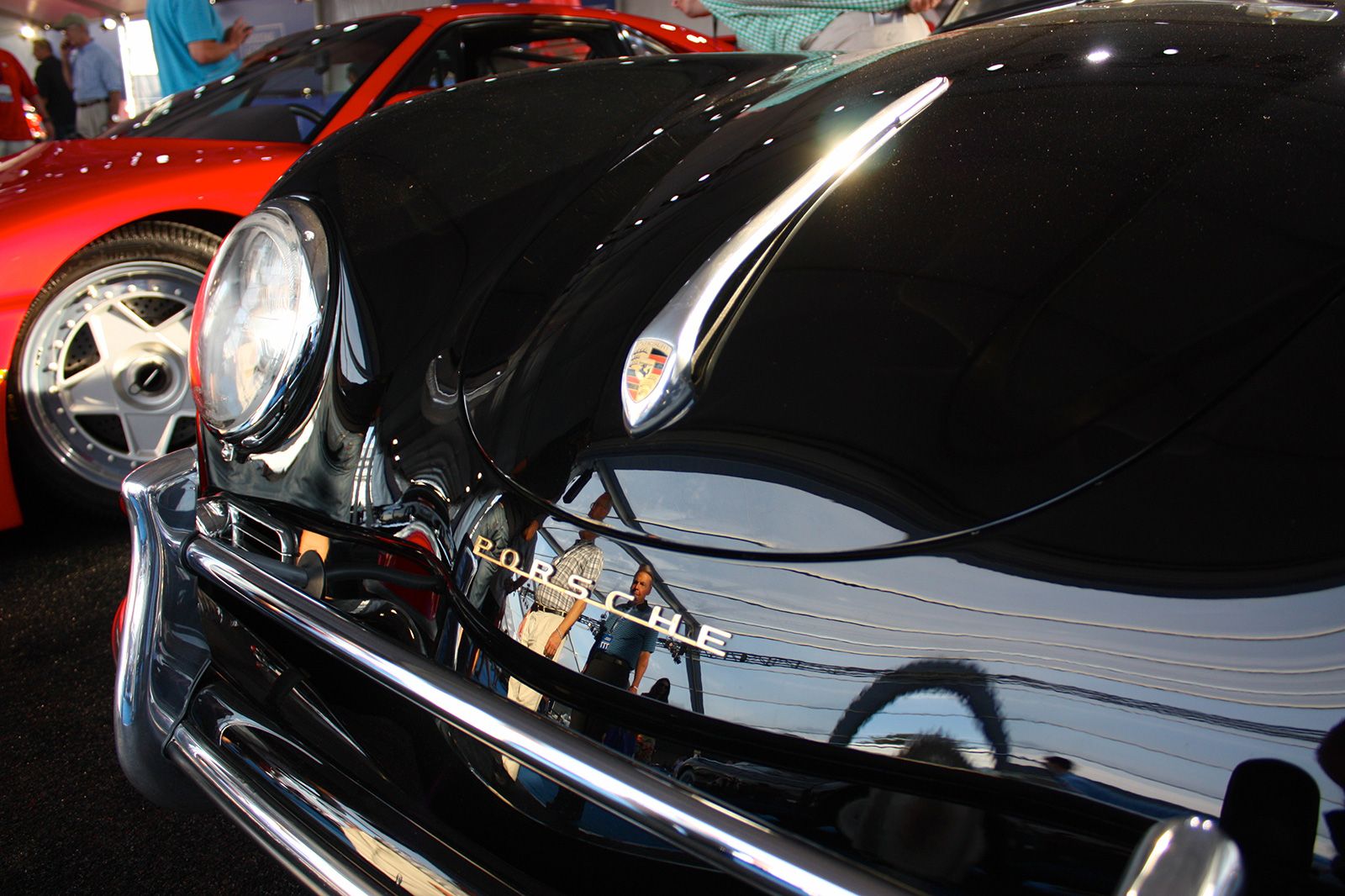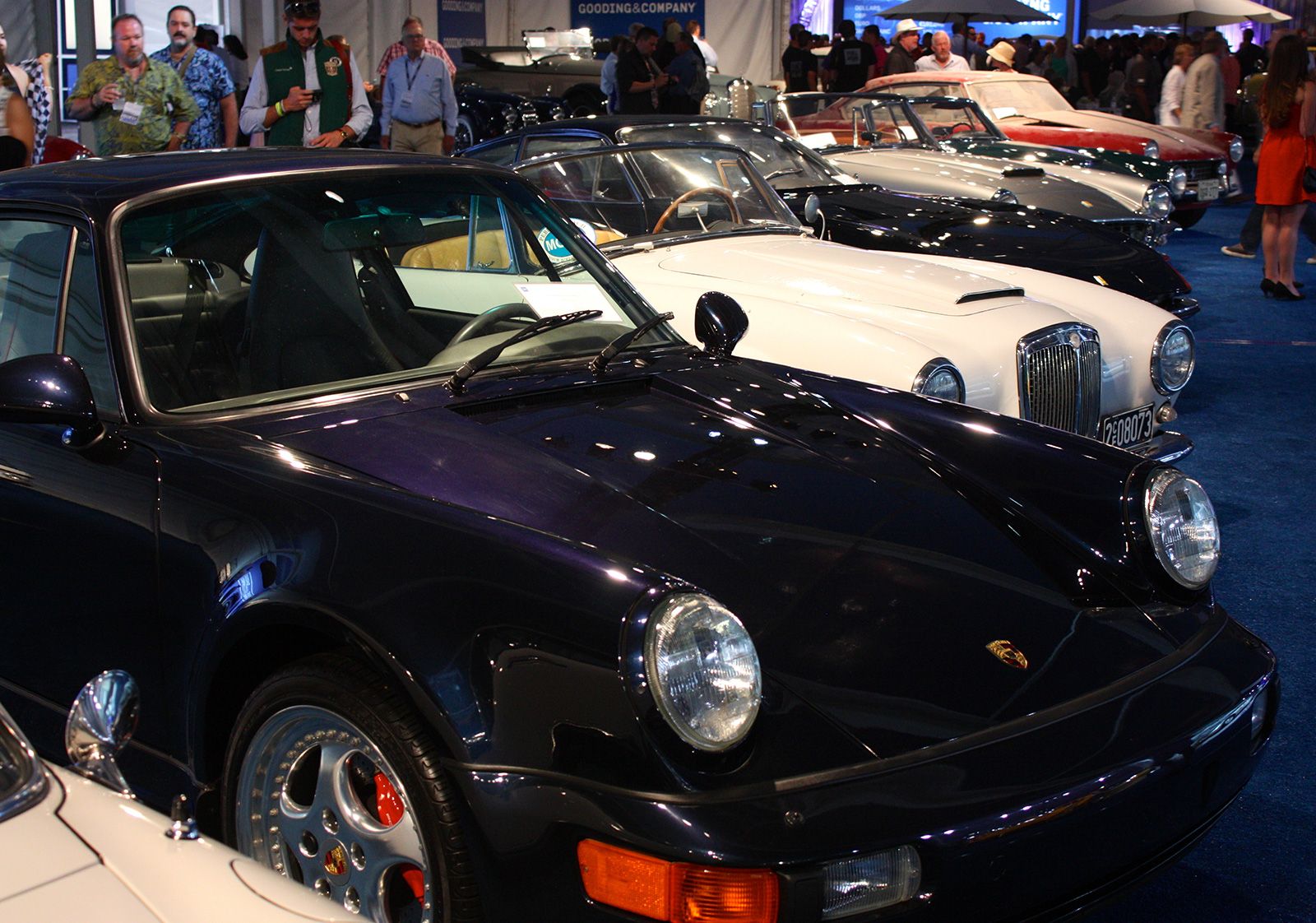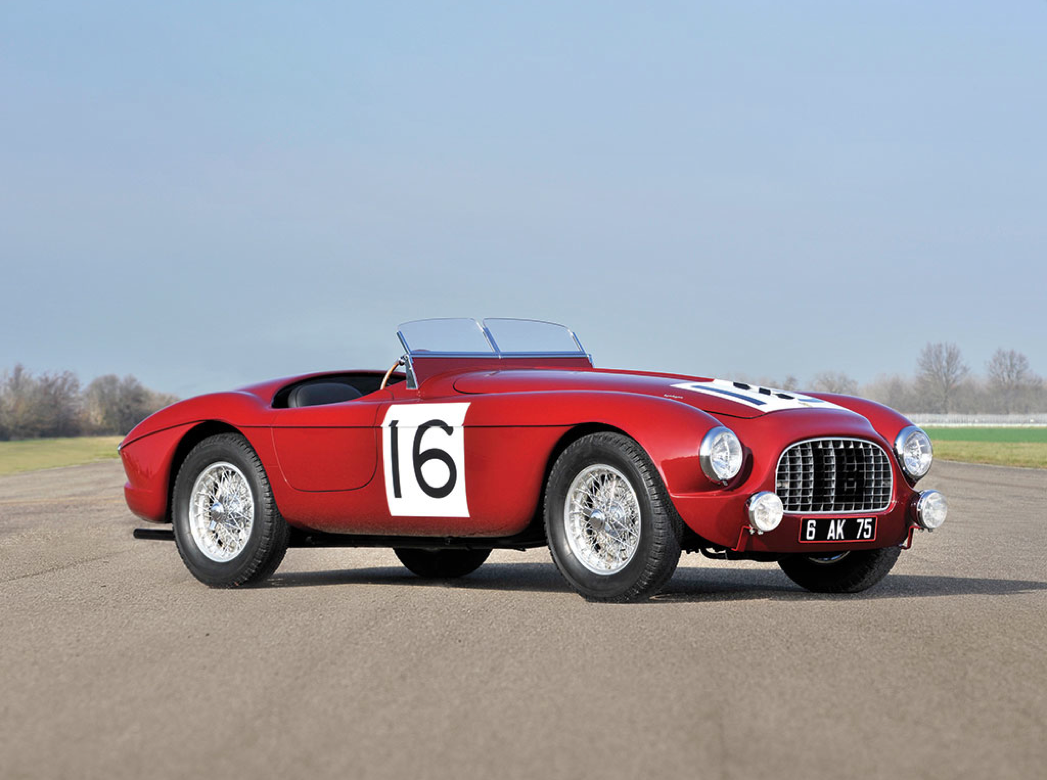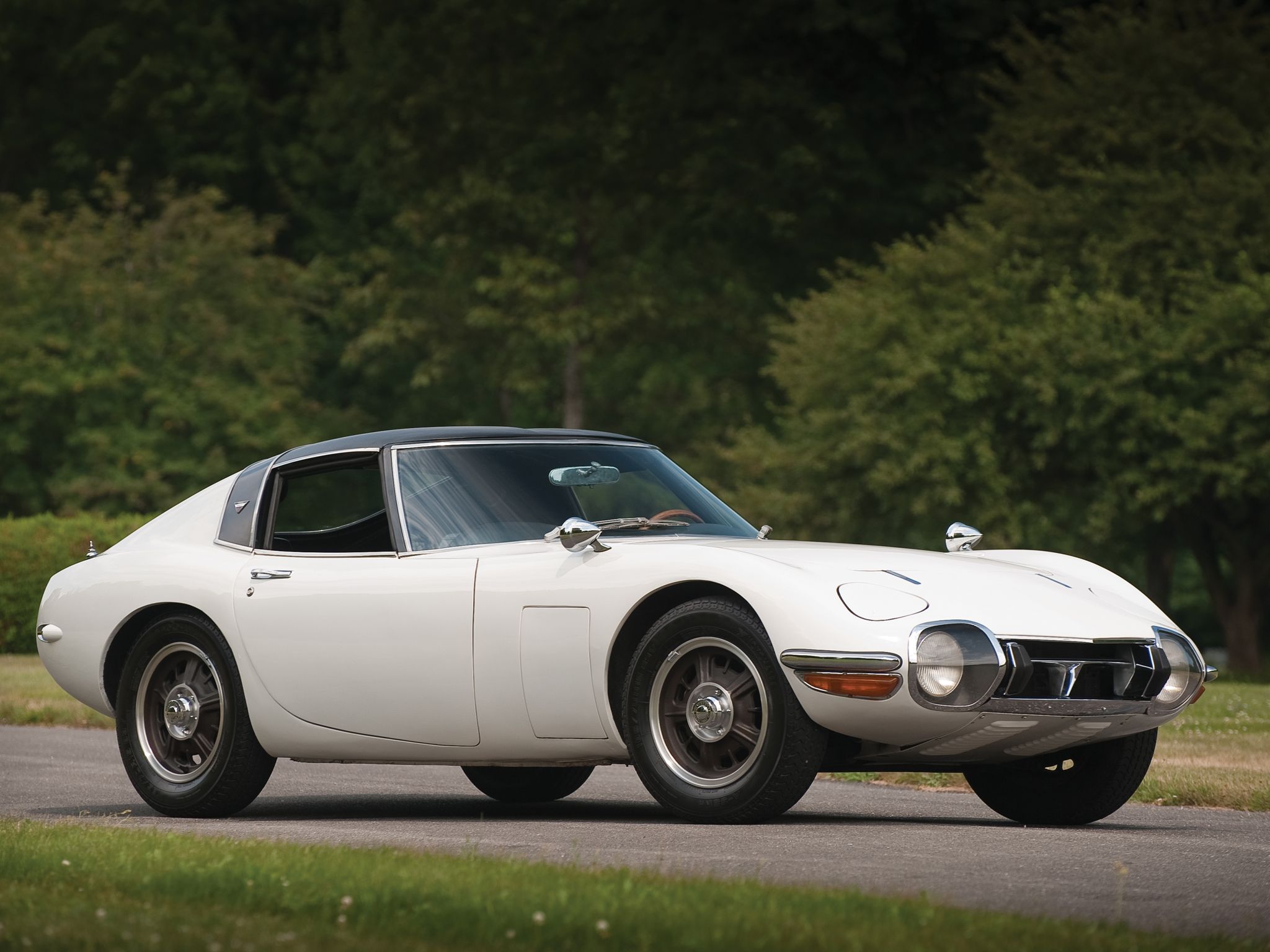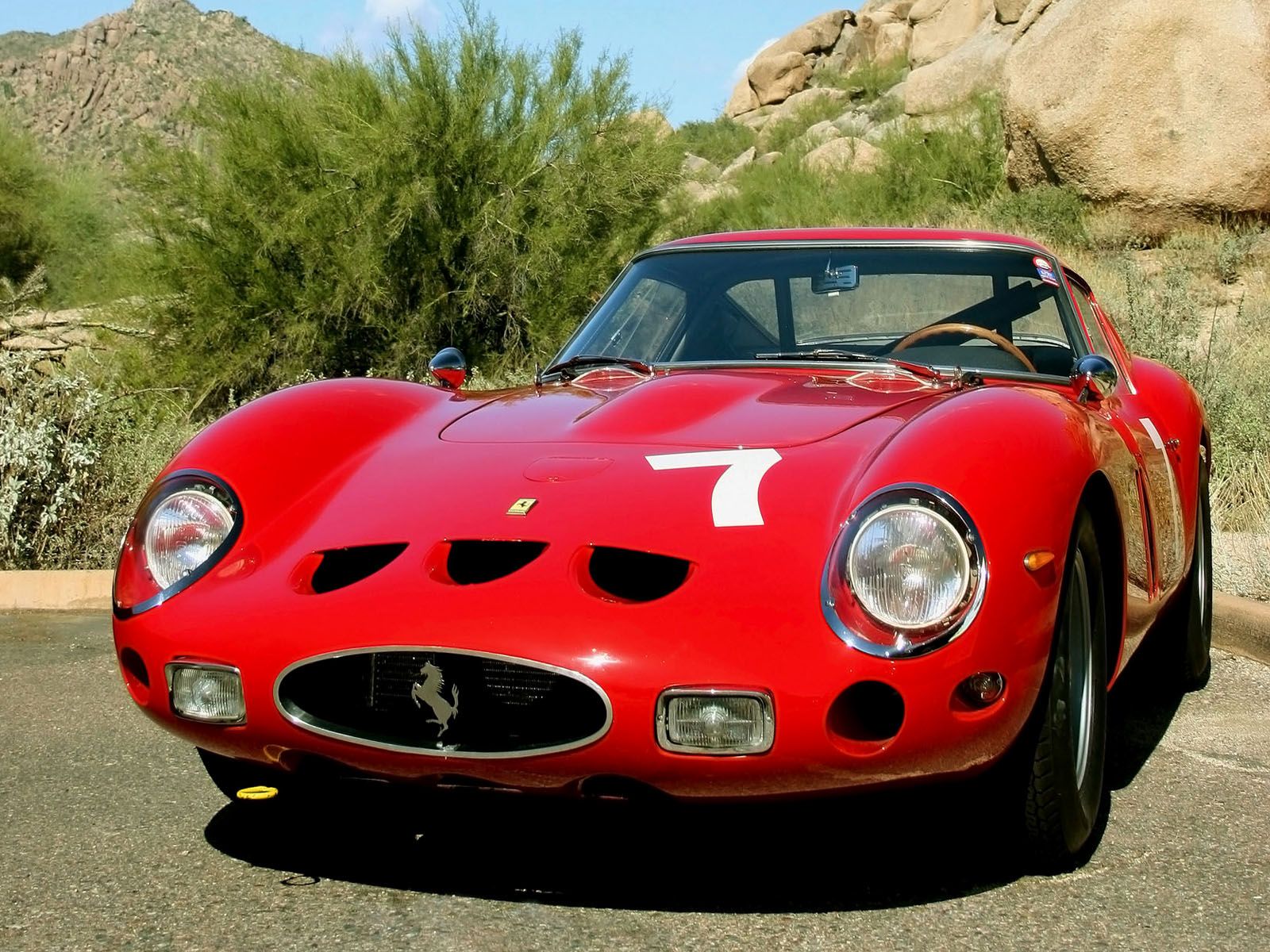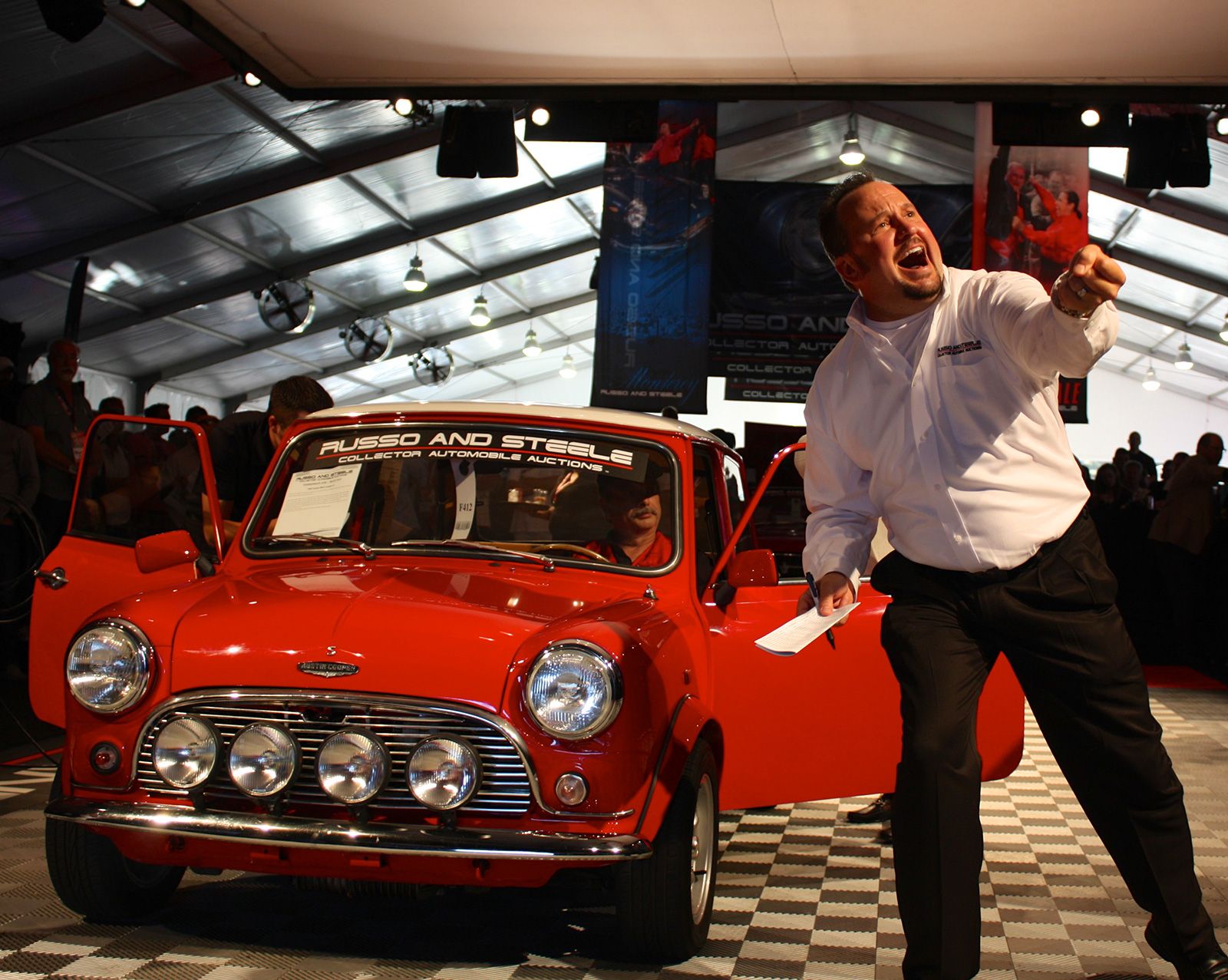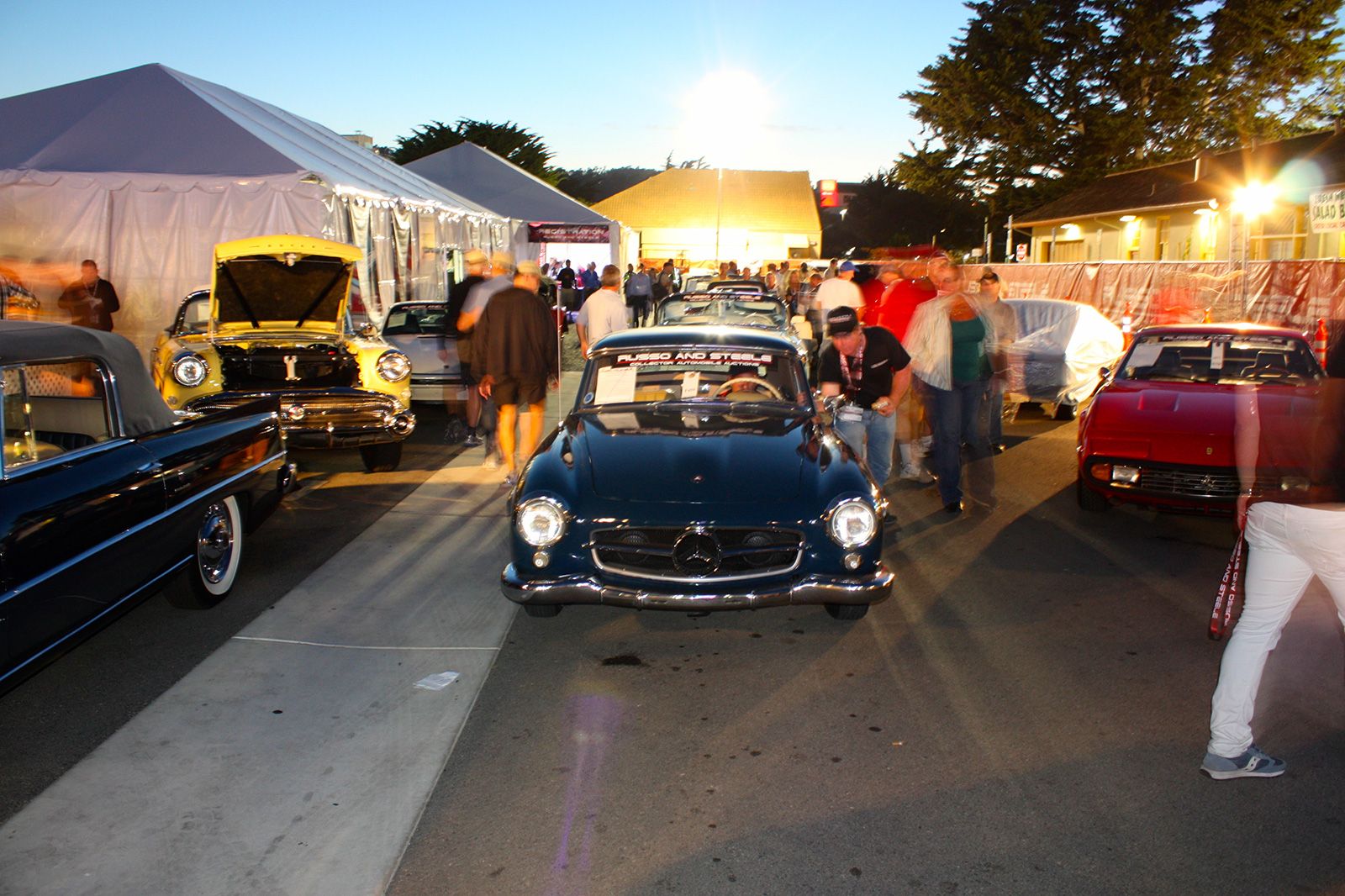A very interesting thing happened in Monaco over the weekend. RM Sotheby’s held its biennial collector car auction in Monte Carlo, rolling out a staggering lineup of top-shelf automobiles primed and ready for new ownership. Heading the list of sales was a 1951 Ferrari 340 America Barchetta->ke3772 bodied by Touring, going for a very healthy $8.2 million. The event also saw two new world records, including the sale of a 1995 Lamborghini Diablo SE30 Jota for $760,748 and a 2004 Aston Martin DB AR1 by Zagato for $380,192.
But it was the cars that didn’t sell that grabbed my attention. Headlining the event was Lot #254 – a 1968 Ferrari 275 GTS/4 NART Spider by Scaglietti. Estimated value – between $21 and $26 million.
Unfortunately, Lot #254 failed to meet its reserve when bidding stalled at $19.2 million. By the end of the event, total sales came to roughly $31 million – far below the $46 million realized in 2014.
This isn’t the first time we’ve seen the collector car market stumble in the last year. Sales were down at the latest round of auctions in Scottsdale and Pebble Beach, both considered vital indicators of overall market health.
The fall-off arrives on the heels of years of massive growth. According to the Historic Automobile Group International (HAGI), an independent investment research company, the rare collectible automotive market grew by almost 500 percent between 2005 and 2015 (as reported by CNBC), far surpassing the growth of more traditional investment sectors during the same time period.
So what exactly is going on? How did we get here, and more importantly, where are we going next?
Continue reading to learn more about the collector car market.
Collector Cars As An Investment
At a fundamental level, car collecting is a pursuit enjoyed primarily by car lovers, and more often than not, passion is the motivating factor in a purchase, not profit. However, with the involvement of wealthy enthusiasts comes the potential for big returns, and when the price is right, car collecting can quickly transform from hobby, to alternative form of investment.
Like everything else, the collector car market is tied to broader economic conditions, and when the affluent have extra money to play with, the demand for rare automobiles increases. Unlike more traditional investments, such as stocks and bonds, collector cars are tangible objects, making them similar to art or coins as far as assets are concerned. Furthermore, they present a far better demonstration of wealth and prestige than a series of digits on a computer screen, and when it comes to bragging rights amongst the elite, exclusivity trumps a weighty price tag every time.
With that in mind, the insane growth experienced over the past several years starts to make sense. The rich are getting richer, and in a bid to diversify their portfolio, they’re scooping up collector cars at an unprecedented rate.
Compounding the issue is the widespread rejection of modern vehicle “progress” amongst enthusiast communities. While contemporary vehicles take on more and more automated features, there’s a growing desire to recapture “the way it used to be” – that is, hand-built exterior styling, a feeling of connectedness between driver and machine, and the glorious soundtrack of unfiltered internal combustion.
However, even with finite quantities of classic vehicles on the market, investing in a collector car is still a gamble, and today’s hot ticket could very well be passé by tomorrow. There are also numerous additional costs associated with collecting, including maintenance and storage, not to mention transportation fees and consignment fees if selling through an auction.
Worst of all is the disincentive to actually drive the thing, even though the majority of collector cars were made specifically for enjoyment behind the wheel. Just ask billionaire Christopher Cox, who was piloting his $30 million 1962 Ferrari 250 GTO when it crossed paths with a Hyundai->ke201 in 2012, mangling the front end and requiring a two-year restoration process with the Ferrari->ke252 Classiche Department.
What Makes A Collector Car?
Rarity
As previously stated, exclusivity is king in the collector car market. Low production numbers are a good starting point, while unique vehicle features help to add to a car’s sense of distinction. Limited-quantity bodywork, an unusual drivetrain configuration – even something as simple as an uncommon interior color scheme will increase the value of a collector car.
Demand
This is a little harder to pin down, but there are certain collector cars that enjoy greater demand than others. In general, sports cars, road cars, and luxury cars are at the top of the heap, while sedans, trucks, and other more utilitarian vehicles occupy the lower echelons. Conversely, manual transmissions are more highly valued than automatics.
Demand also fluctuates with fashion – for example, the most expensive Ferraris these days are V-12 grand tourers from the ‘60s, perhaps due to a sense of nostalgia amongst buyers.
Visibility
The more visible, the better. Perhaps a car is representative of a given time period, or it helped to pioneer technology that’s commonplace today (the Mercedes-Benz 300 SL would be a good example of this). Other visibility-raising attributes would include a winning history in motorsport or car shows, as well as high-profile celebrity ownership.
Condition
Does it need restoration? How original is it? Is it eligible for historic vehicle events? These are the questions collectors ask when evaluating a car’s worth. Long story short – the closer it is to mint factory condition, the better.
A Little Recent History
In the early ‘90s, the collector car market crashed in dramatic fashion. Powered by speculators and the Japanese asset price bubble, it took about a decade for it to recover. However, growth picked back up in 2003 with the real estate boom, and in 2011, it started to gain steam. Big time.
Between 2011 and 2014, prices got out of control. One good example is the Toyota 2000GT, which tripled in value in just three short years, breaking the million-dollar mark in 2013. Air-cooled Porsche 911s->ke282 also became absurdly priced, with some models seeing a six-fold price increase in a decade.
Go Big, Or Go Home
Probably the best indicator of just how crazy things got during this time period is to delve into the all-time highest auction price records, the vast majority of which were set in the past five years or so.
Leading the charge is a 1962 Ferrari 250 GTO, which sold for $38,115,000 in 2014 at the Bonhams Quail Lodge auction. Next is a 1957 Ferrari 335S, which sold for $35.7 million in 2016, followed by a 1954 Mercedes-Benz W196, which sold for $29.6 million in 2013.
Top 10 Most Expensive Cars Ever Sold At Auction
|
Model Year, Make, Model |
Price At Auction |
Year Sold |
|
$38,115,000 |
2014 |
|
|
$35,711,359 |
2016 |
|
|
1954 Mercedes-Benz W196 |
$29,600,00 |
2013 |
|
$28,050,000 |
2015 |
|
|
$27,500,00 |
2013 |
|
|
$26,400,00 |
2014 |
|
|
$18,500,000 |
2015 |
|
|
$18,400,177 |
2014 |
|
|
$17,600,000 |
2015 |
|
|
$17,160,000 |
2016 |
Source: Wikipedia
The Current Market
In 2014, at the height of the collector car market boom, many analysts began to voice their concerns over perceived overheating, saying that the trend had every characteristic of an investment bubble and that the inevitable result would be a swift and violent crash.
Thankfully, that doesn’t seem to be the case. Instead of an abrupt correction, what we’re starting to see now is more of a plateau, indicating the market is letting off steam after several years of exceptional (and unsustainable) growth.
Evidence of this can be found in several recent high-profile auctions. For example, this past March, 18 cars from the extensive Jerry Seinfeld collection hit the block at the Gooding & Company’s East Coast event. All but one managed to sell, but the comedian walked away with only $22.2 million – far below initial estimates of $28 to $32 million.
Most of the Seinfeld lots undersold, including a 1973 917/30 Porsche Can-Am Spyder that went for a paltry $3 million (estimated value between $5 and $7 million). Another lot, a race-winning 1959 Porsche 718 RSK Spyder, went for $2.6 million (estimated value between $3.8 and $4.2 million).
At the same time, several of the lower lots exceeded estimates, including a 1974 Porsche 911 Carrera 3.0 IROC RSR (sold for $2.3 million, estimated value between $1.2 and $1.5 million), and a 1960 Volkswagen Beetle (sold for $121,000, estimated value between $35,000 and $55,000).
More recently, at the RM Sotheby’s event in Monaco, we saw a similar situation, with many of the top sellers bought for figures at or below the low end of their estimated value. For example, the headlining 1951 Ferrari 340 America Barchetta by Touring, valued between 7.5 and 9 million euros, sold for 7.28 million euros, while the second most-expensive seller, the 1997 Porsche 911 GT1 Evolution, valued at 2.7 to 3 million euros, sold for $2.72 million euros. Additionally, several of the highest valued vehicles in attendance failed to meet their reserve. Meanwhile, many of the less expensive lots faired extremely well.
So what’s the takeaway? As a whole, the market is cooling – slowly.
Backing this assertion is data from the Hagerty Insurance Agency, which provides collector car indices that track collector car values in seven specific categories. Hagerty’s “Big Three” indices (the Blue Chip Index, Ferrari Index, and the German Car Index) are all experiencing a small dip, the first retreat for the segments since May of 2009. Concurrently, the remaining indices (1950s American cars, Affordable Classics, British Cars, and Muscle Cars) were either static, or showed minimal growth.
The point is this – prices are still quite high, but they’re no longer characterized by the unbridled acceleration seen between 2011 and 2014.
So what’s driving this change? Some experts are pointing to an influx of high-end classics, many of which are considered of lesser quality. After a decade of feverish activity, buyers are becoming more selective. Supply, it seems, has met demand.
Generally speaking, this cooling period is long overdue, and bodes well for long-term prospects. Hopefully, it’s all that’s needed to stave off the big hurt of a bursting bubble.
Looking Ahead
Unlike the early ‘90s, buyers today can turn to the Internet for a slew of valuation tools and information, resulting in a much more stable market. However, we’re not totally out of the woods yet, and it’s likely we’ll have a better handle on where we stand after Monterey Car Week this August – the very same event where in 2014, a 1962 Ferrari 250 GTO sold for $38 million.
Taking a step back, collector cars can still be a fantastic investment opportunity, just so long as it’s the right model. Choose wisely, and old metal can provide reasonable returns, even during times of economic crises.
Where the market will go in the future is still uncertain. As collectors get younger, and the Millennial generation takes the reins, mid-‘90s Japanese sports cars (Supras and NSXs) are seeing a surge in interest. More modern, limited-production supercars, such as the McLaren P1, are also experiencing an uptick.
But the real question is this – what will the collector car market look like 30, 40, 50 years from now? Will a generation raised on hybrids and all-electrics care about full-throated sports cars? Will autonomous technology rescind interest in anything with a steering wheel? Will collector cars as we know them continue to be collectible? The answer is unclear.
That said, no matter what sort of market fluctuations are in store, I’m confident these machines will continue to offer the same benefit as they always have – fun. Enthusiasm and passion for driving will never go away, even when the roads are packed with buzzing, computer-controlled transportation spheres. And while it's possible classic cars will be worth about as much as horse-drawn carriages are today, all I’ll need is a few gallons of gas and a stretch of open tarmac.

